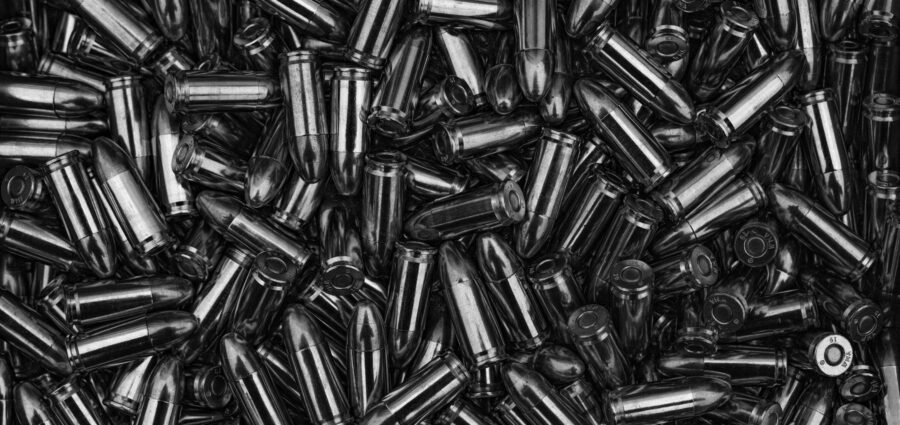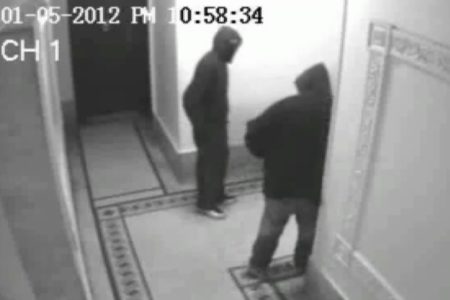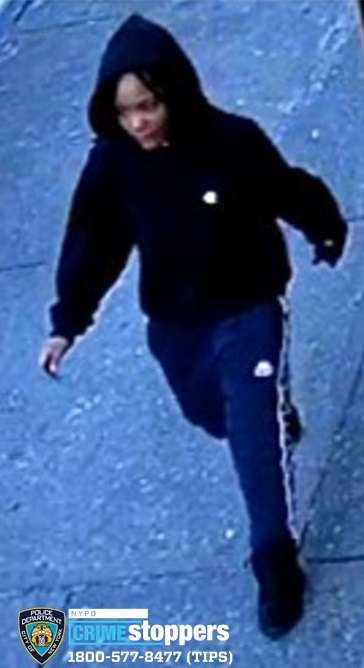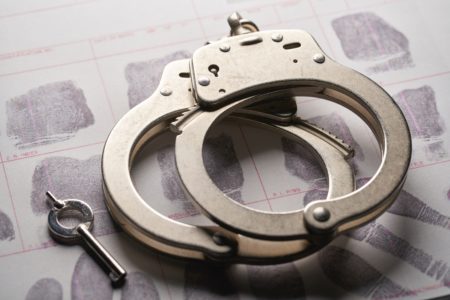The Legal Aid Society lauded a decision rendered by New York State Bronx Supreme Court Justice April Newbauer finding that the New York City Police Department’s method of matching of recovered bullets to guns is “significantly” flawed and not generally accepted by the relevant scientific community.
Accordingly, the court concluded that testimony concerning this methodology and its results should not be permissible in court. This decision came after a first-of-its-kind hearing in the New York State courts. It relied heavily on recent a New York Court of Appeals case that directed trial courts to take a closer look at junk science used by prosecutors. This decision affects not only future cases, but also calls for a re-evaluation of the thousands of past cases where this dangerously flawed technique was used to secure dubious convictions.
“Despite years of growing criticism from the scientific community, firearm and toolmark identification has been accepted in court without question, which is why this decision is so important,” said Kyla Wells, Staff Attorney with the DNA Unit at The Legal Aid Society. “For far too long, police and prosecutors have used this deeply flawed forensic method against New Yorkers despite the risk of wrongful convictions. Other courts should follow suit and reject not only firearm and toolmark analysis, but the many types of junk science that have been admitted in courts for decades.”
In this case, police claimed that a bullet recovered from the scene of a shooting was “matched” to a particular gun. The police officer, who works in NYPD’s crime lab, claimed that he could tell just by looking at the bullet that it came from the gun in question. Relying on this evidence, prosecutors charged two people with gun possession in connection with the shooting incident, one of whom was A.M., a client of The Legal Aid Society. A.M. insisted she had nothing to do with the gun or the shooting. She asked the court to keep the so-called bullet match out of trial, on the grounds that the police comparison technique was junk science, and would unfairly prejudice her. After the hearing, where the court agreed this testimony was not accepted by scientists, A.M. won her trial, and was acquitted of all charges. In her decision, Judge Newbauer offered several pointed criticisms of the prosecution’s witnesses, calling the officer’s ballistic methods “circular” and labeling another government witness’s answers “elliptical”. The judge credited testimony from defense experts who said that the NYPD’s tactics were not “mainstream” science, and quoted one witness’s important observation that the NYPD does not consider the “consequences of making a mistake”.
This ruling pulls back the curtain on pseudo-science long peddled by the NYPD crime lab as a reliable method to catch shooters and get guns off the street. Since at least 2009, scientists across the country have criticized this method as unreliable. A 2016 report commissioned by President Obama called the practice not valid. But the NYPD never paid attention to these scientists and continued to use bullet-to-gun “matching” testimony long after the scientific community said to stop.
This ruling is part of a growing recognition among judges that, when it comes to science, it is defense lawyers and scientific experts who should be trusted, not prosecutors and police. In addition to Judge Newbauer’s decision, the New York State Court of Appeals also ruled in March that another longstanding scientific method warranted more scrutiny: FST and LCN DNA testing. These two methods, developed by New York City’s Office of the Chief Medical Examiner, had serious flaws that the laboratory swept under the rug for years. Like the firearms “matching” testimony FST and LCN testing were seriously criticized by scientists, yet admitted into evidence in case after case until the Court of Appeals’ recent ruling. When the Court of Appeals finally ruled that FST and LCN cannot be admitted without hearing, it also called on judges, like Judge Newbauer to be “cautious” when evaluating forensic evidence created by crime labs but criticized by independent scientists.
Both the Court of Appeals and Judge Newbauer’s rulings on the admissibility of junk DNA and ballistics testing also calls into question the databases that law enforcement uses to run these tests. The OCME, which created FST and LCN, covered up the method’s flaws, and fired a senior scientist for speaking out, also currently maintains an unregulated DNA identification index of more than 33,800 people. The people in that database are collected through genetic stop-and-frisk under policies created by the same NYPD crime lab that has been promulgating so-called “firearms” matching evidence. These rulings both raise serious questions about the continued viability of police-controlled forensic evidence collection and use in courts.
About The Legal Aid Society
The Legal Aid Society exists for one simple yet powerful reason: to ensure that New Yorkers are not denied their right to equal justice because of poverty. For over 140 years, we have protected, defended, and advocated for those who have struggled in silence for far too long. Every day, in every borough, The Legal Aid Society changes the lives of our clients and helps improve our communities.
For more inforation, please visit here.









